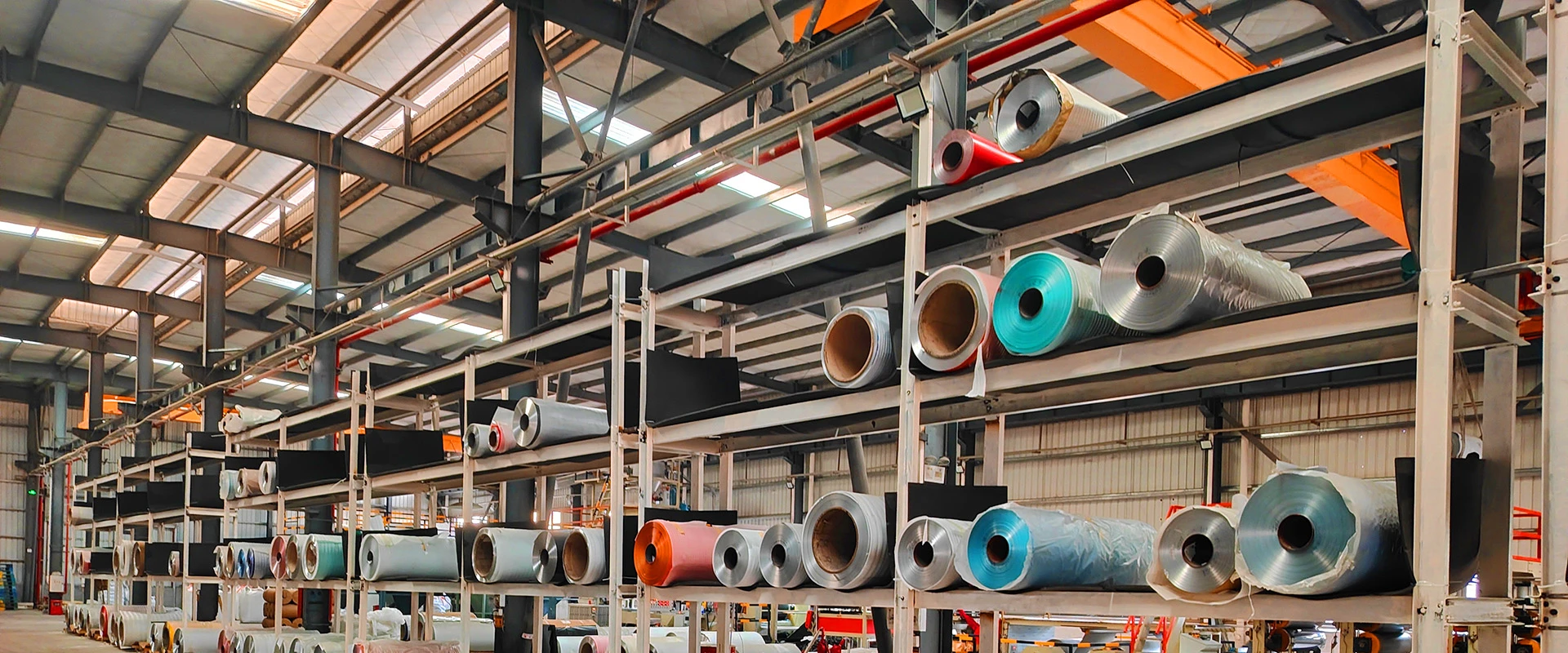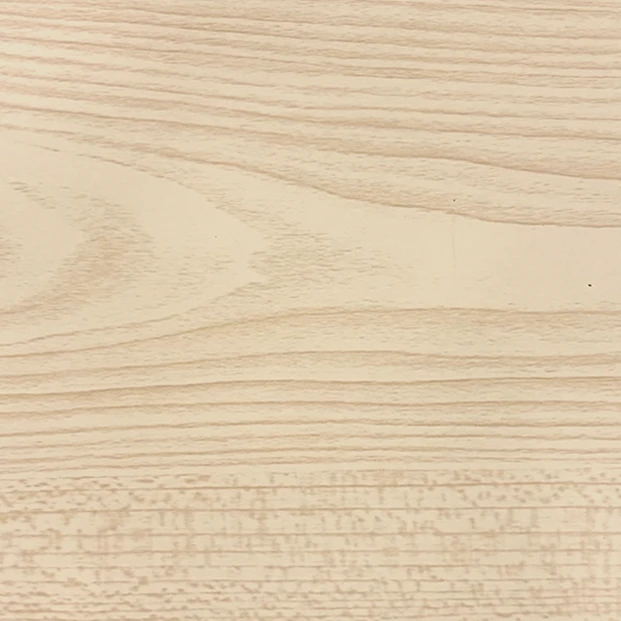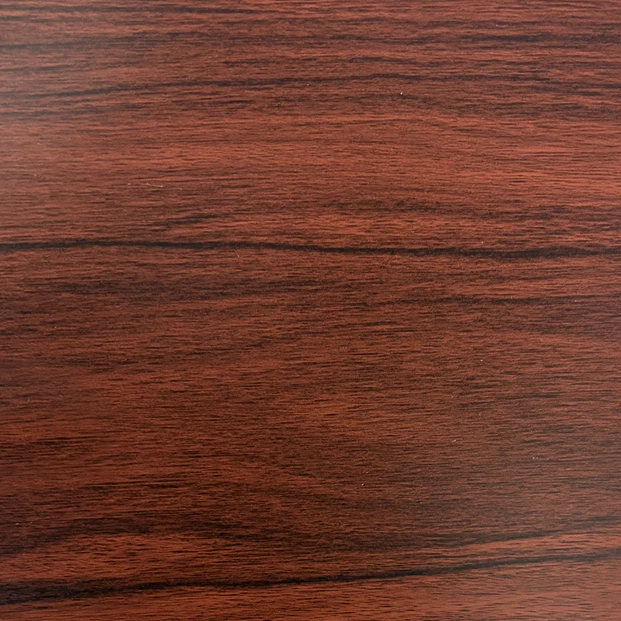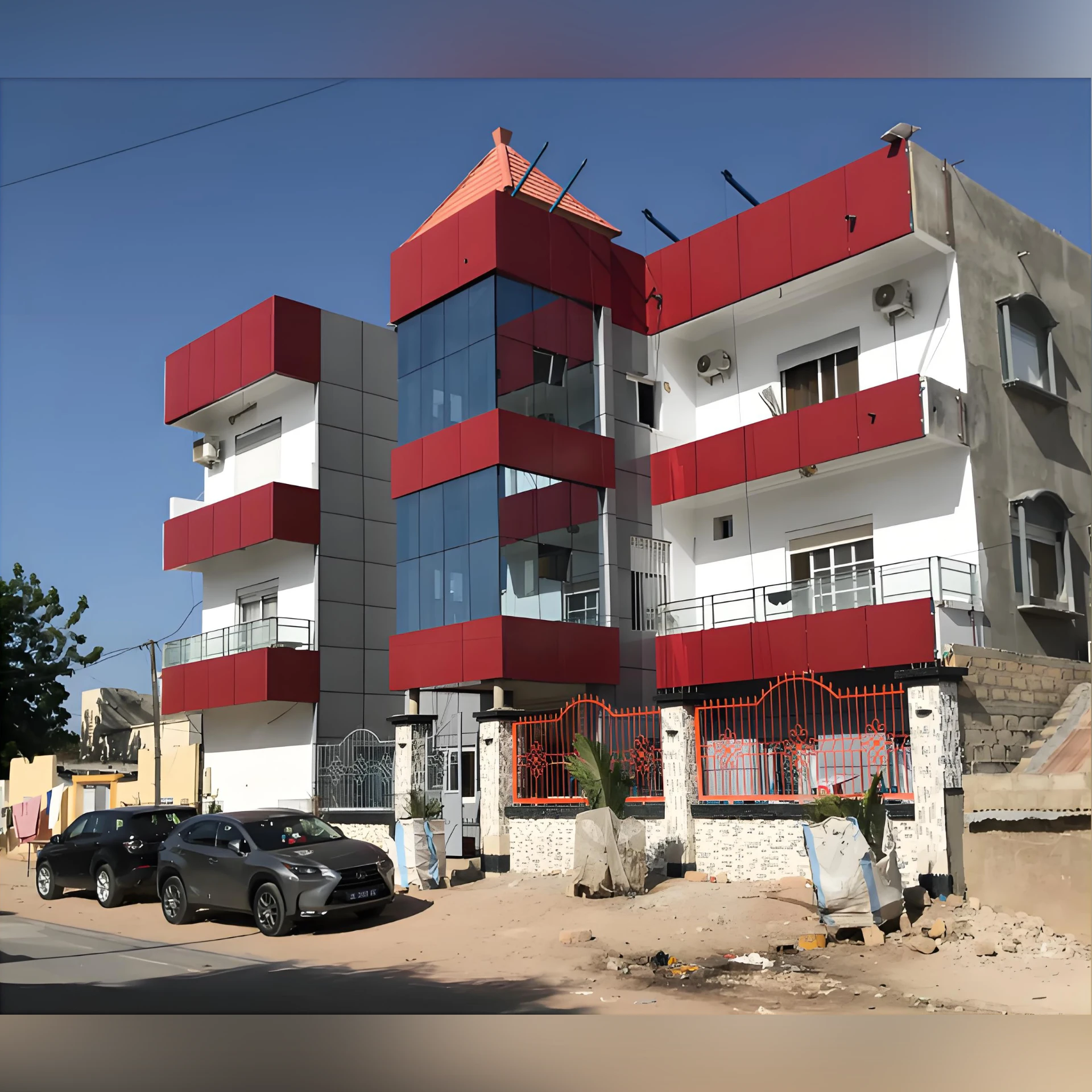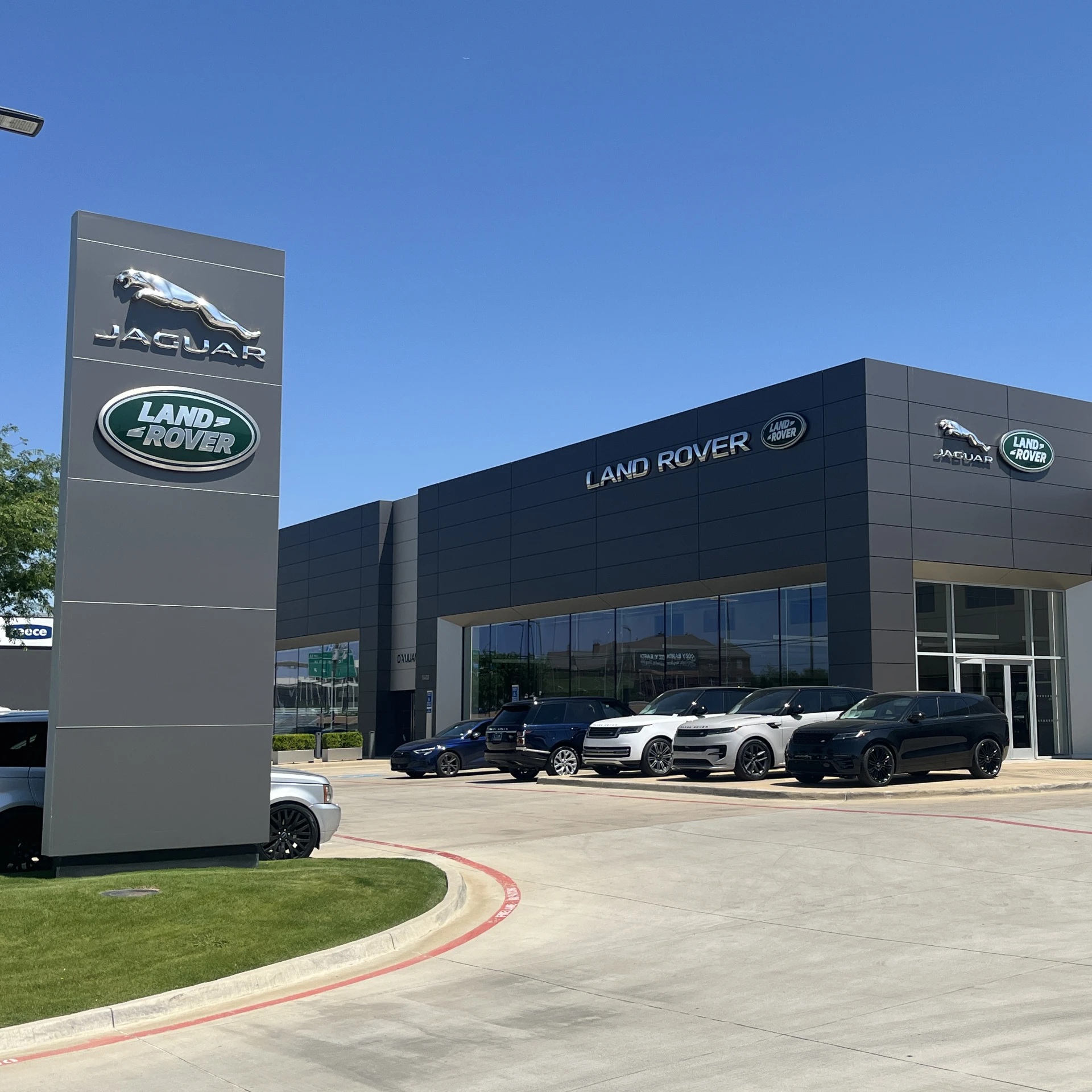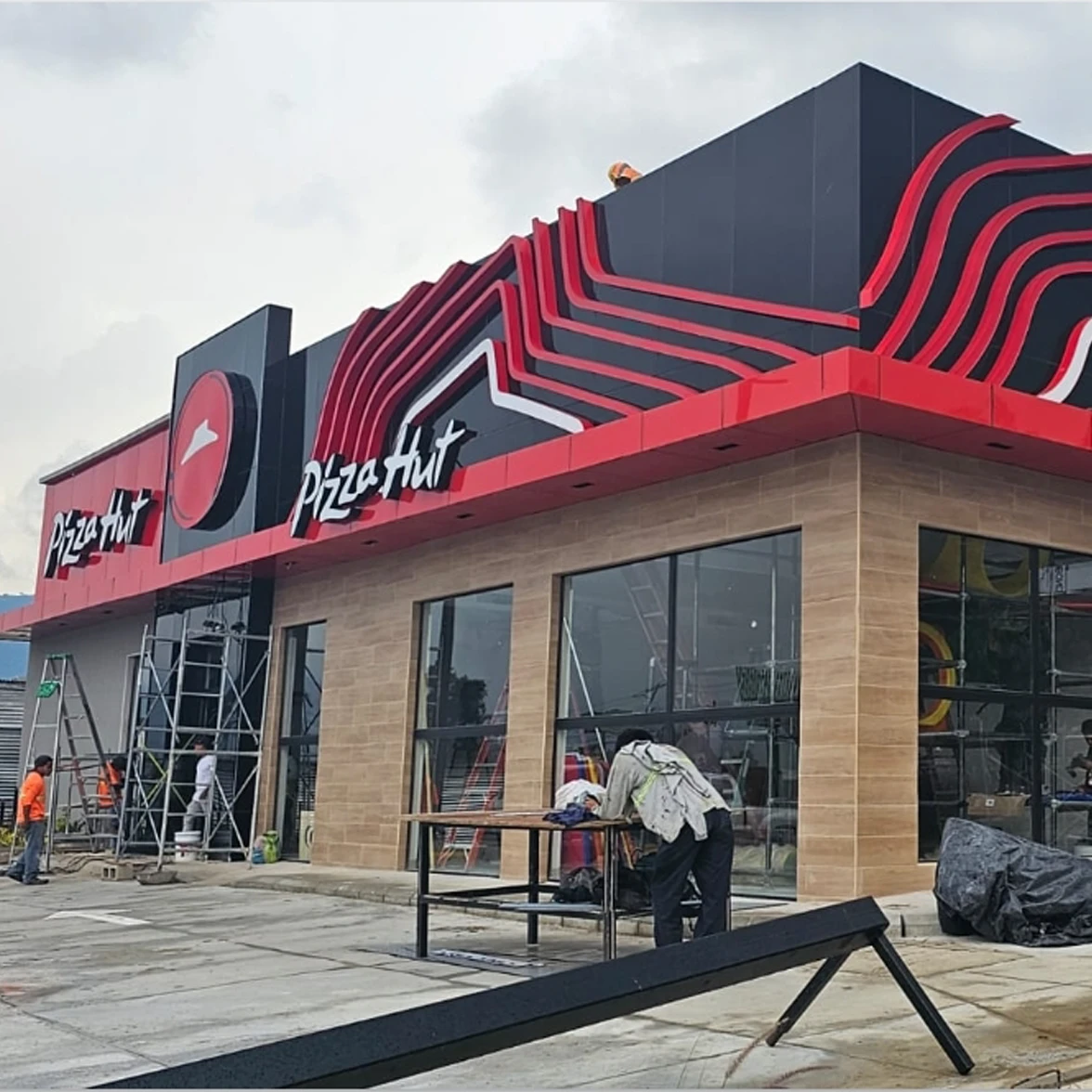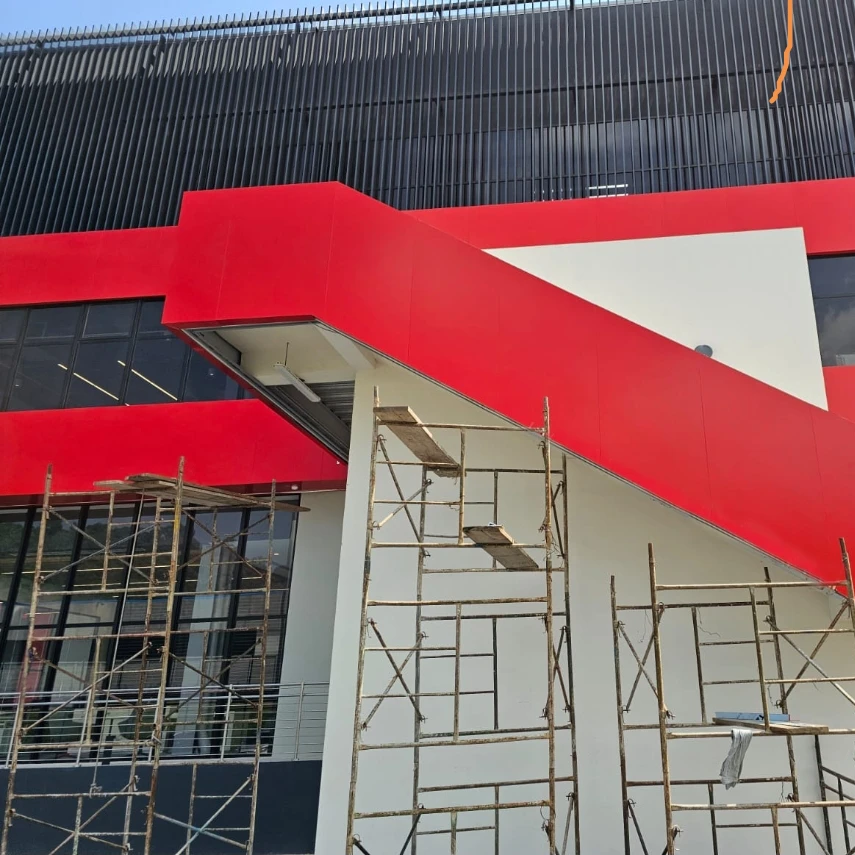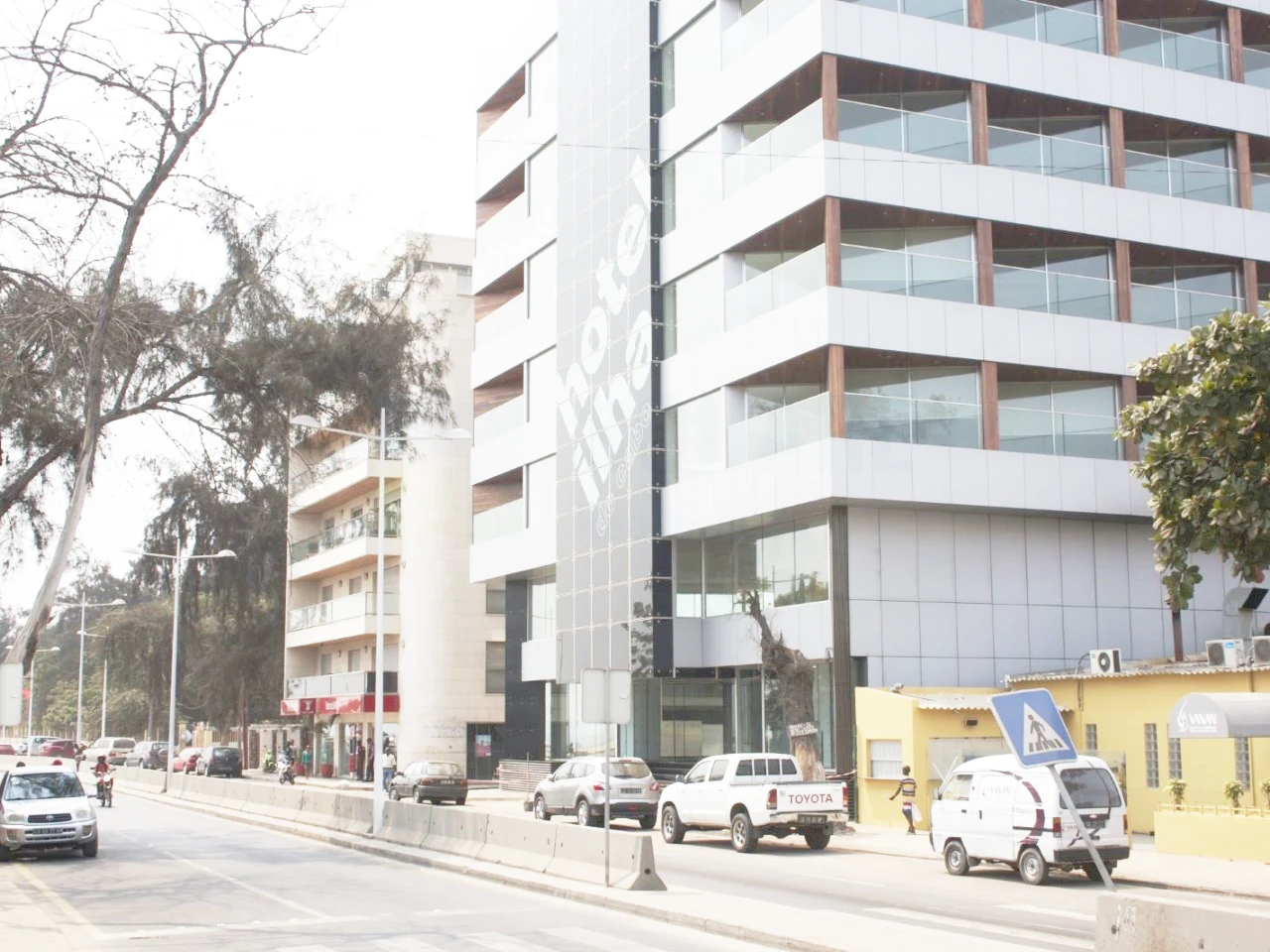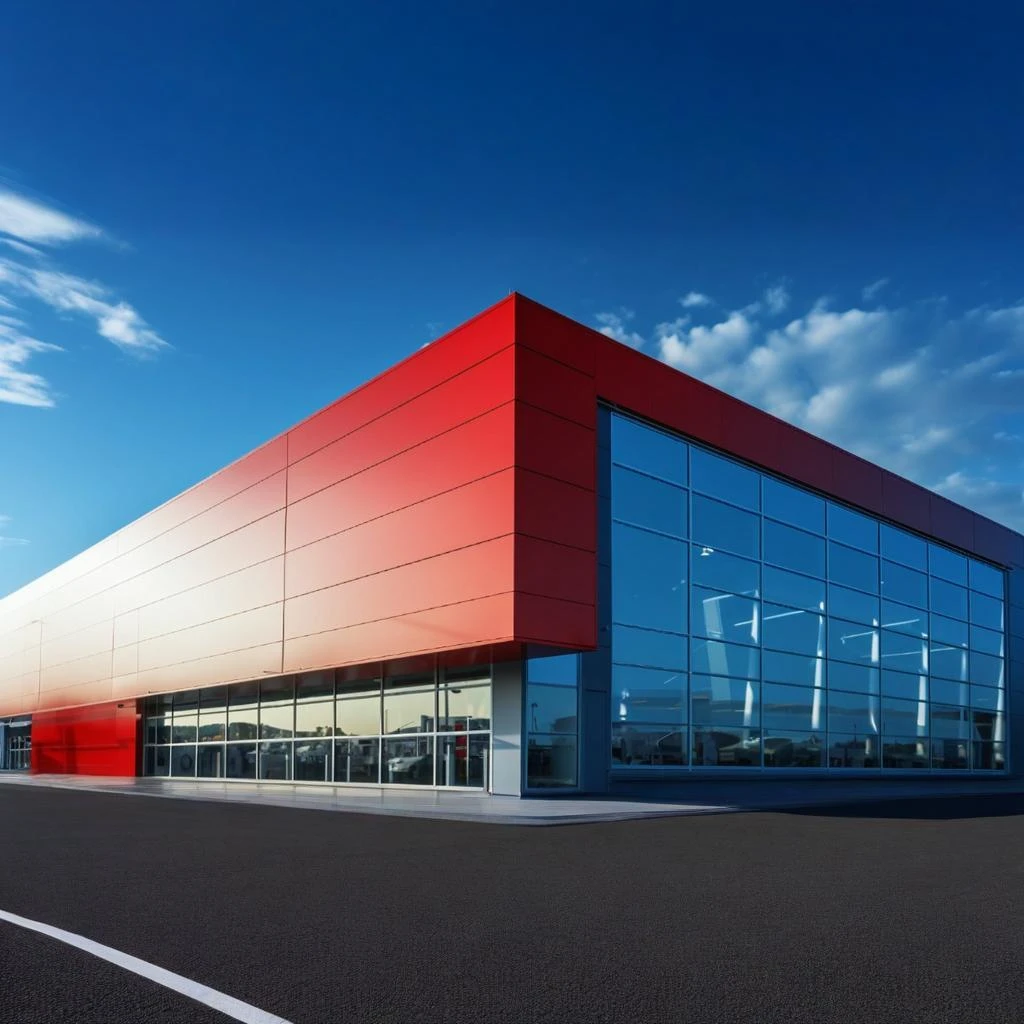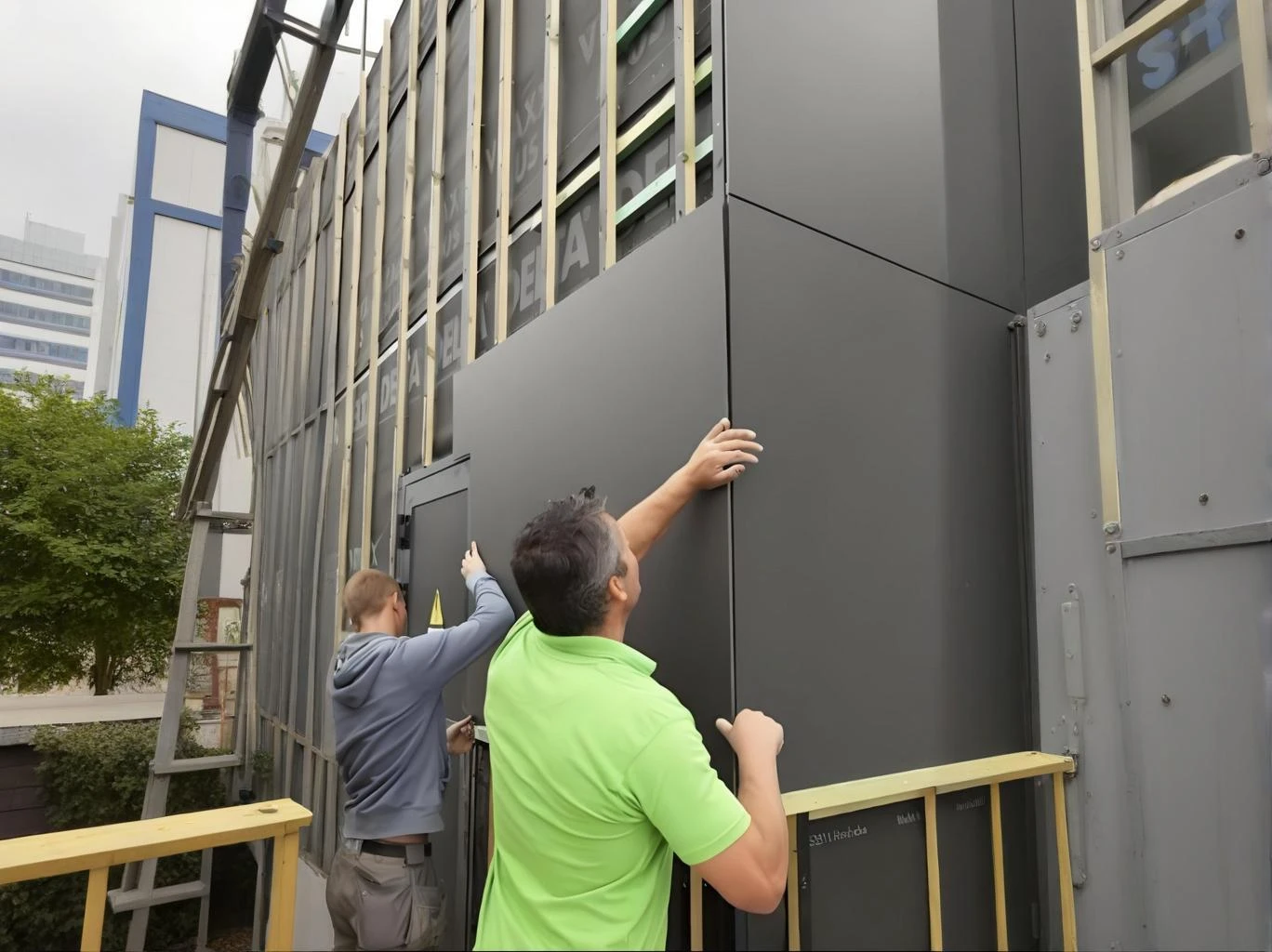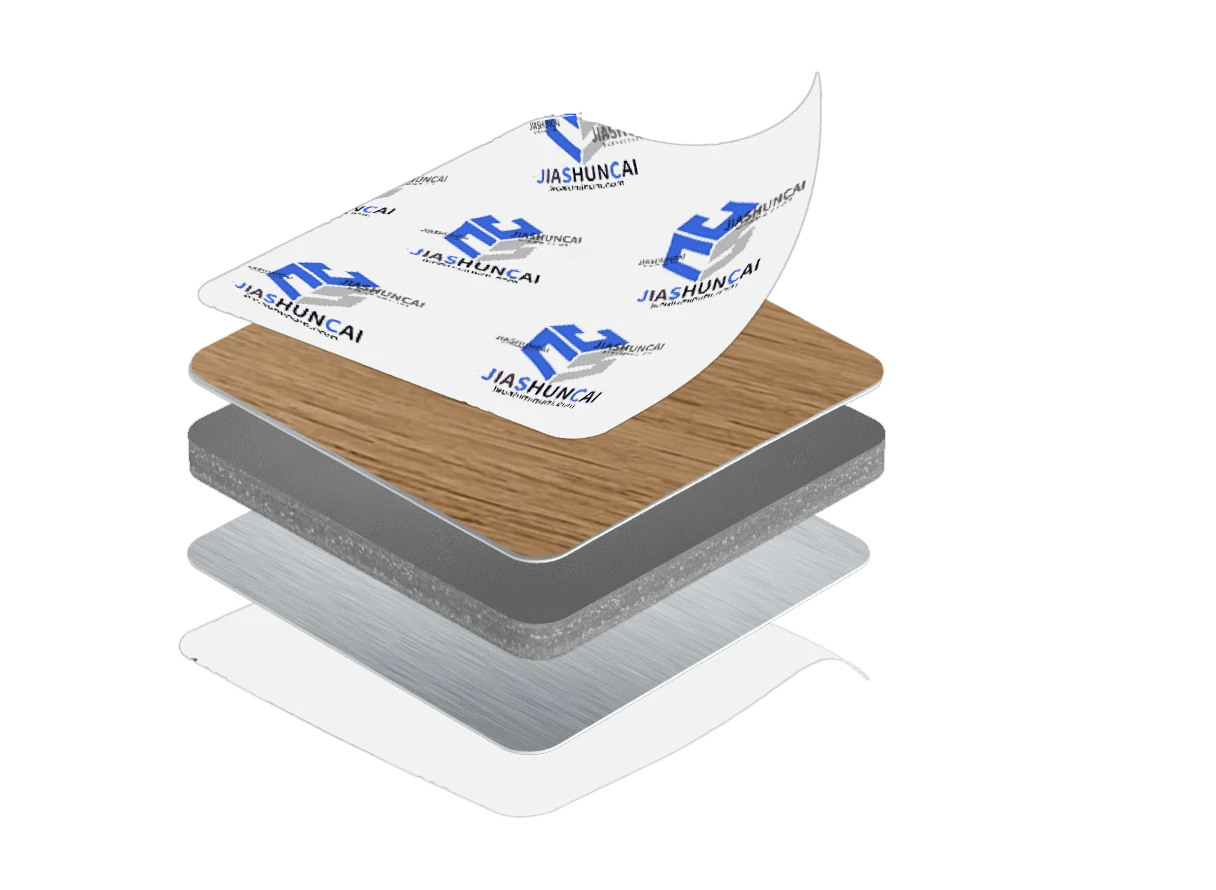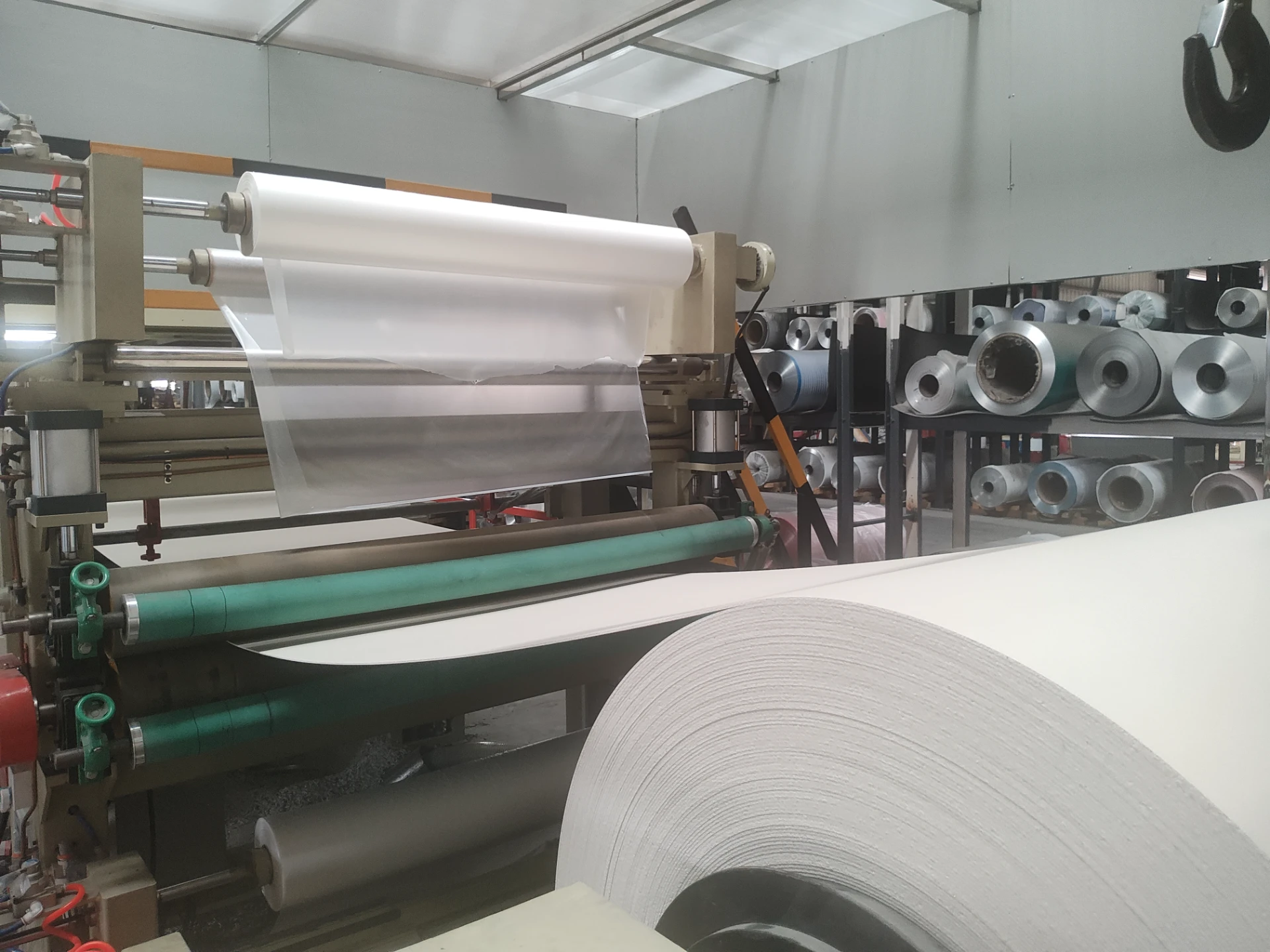Detalles do produto
Maple wood veneer replicates the fine texture of natural wood through thermal transfer or roller coating techniques, imparting a natural feel to aluminum composite panels while retaining the lightweight and high-strength properties of metal composites (density around 2.5g/cm³, flexural strength ≥109MPa), achieving a balance between traditional wooden textures and modern industrial performance. The base material of aluminum composite panels does not contain harmful substances such as formaldehyde, and its surface fluorocarbon coating is resistant to ultraviolet rays and corrosion, with a service life of over 20 years, avoiding the defects of natural wood such as decay and high maintenance costs. Maple wood veneer uses high-precision printing technology to simulate the fine texture and light color tones of natural maple wood (gradating from light yellow to off-white), preserving the warm feel of wood while contrasting with the metallic coolness of aluminum plates, giving buildings a dual aesthetic of 'natural texture + industrial rationality'. Maple wood tones belong to low-saturation warm color schemes, suitable for various styles such as modern minimalist, new Chinese, and Nordic. Surface matte or glossy treatments (such as frame lines, edge lines applications) can adjust the intensity of light reflection, enhancing the depth of the facade. Maple wood aluminum composite panels are often used in architectural details such as waistlines, door frames, ceiling trim, extending visual width with horizontal lines or adjusting building proportions with vertical divisions, reducing the oppressive feeling of large-scale buildings. Maple wood grain symbolizes harmony between nature and humanity, suitable for cultural venues, commercial complexes, and other buildings that need to convey an 'eco-friendly' concept. For example, when combined with glass curtain walls, it can create a material dialogue of 'wood-metal-transparent', echoing the theme of modern cities coexisting with nature. In commercial spaces such as cafes and boutiques, white maple wood tones create a cozy atmosphere; in public buildings like sports arenas and libraries, its wear resistance and sound absorption properties optimize acoustics and lighting environments; in residential buildings, it serves as an exterior wall or balcony finish, connecting indoor and outdoor visual continuity.

